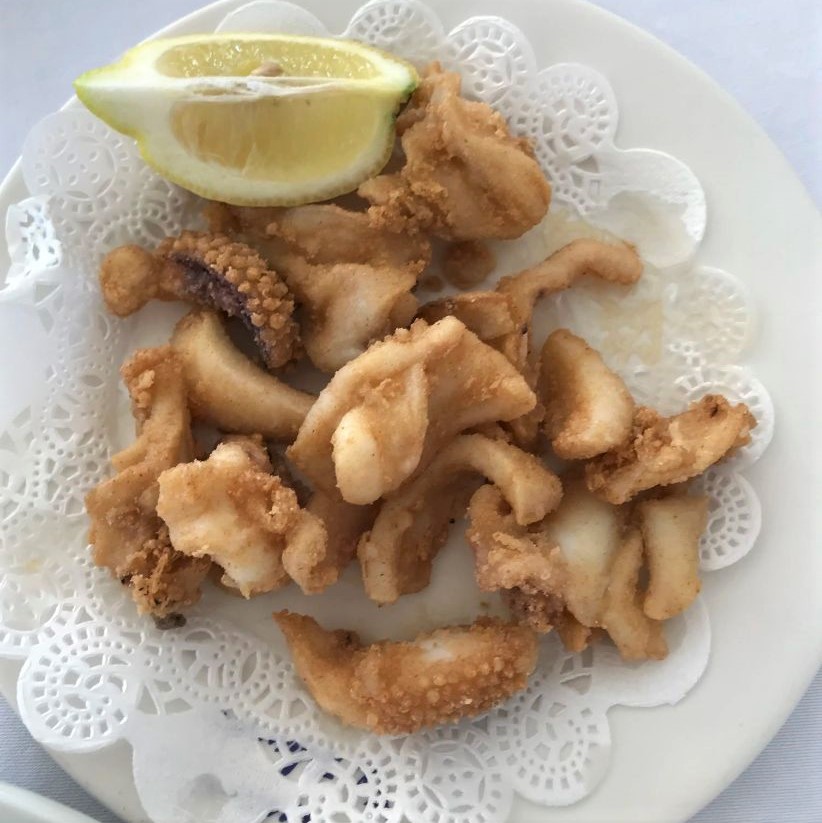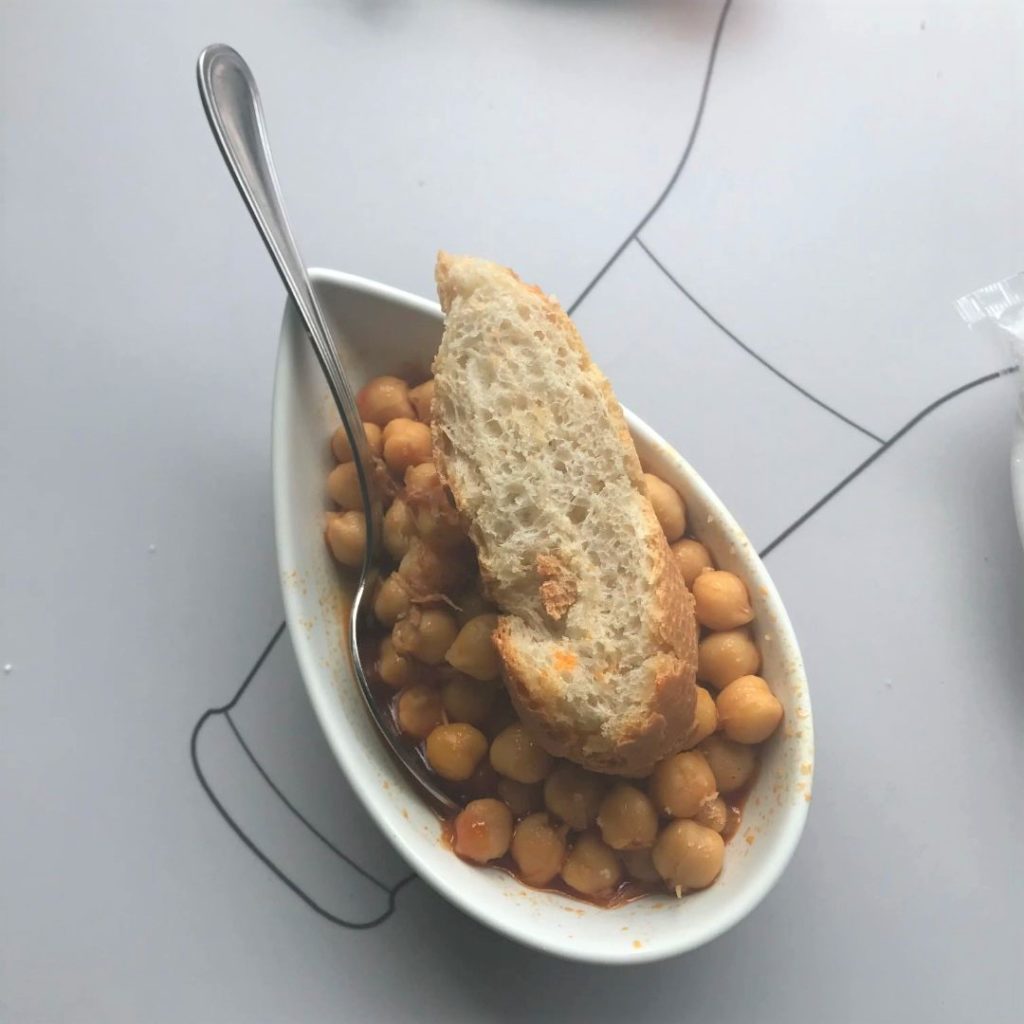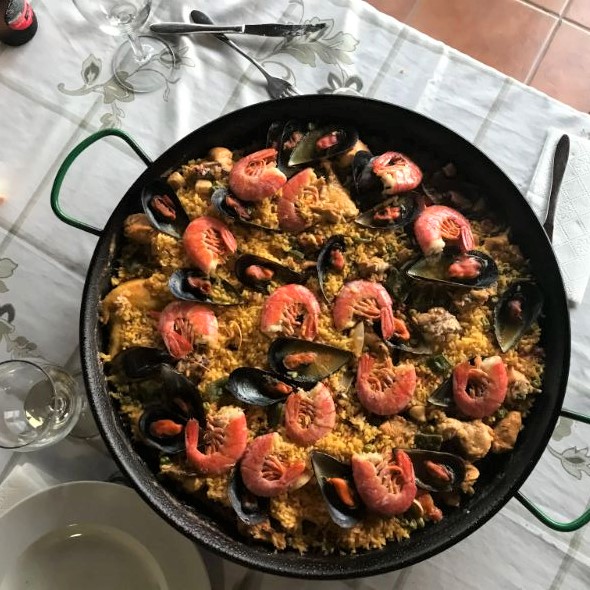Italian food is considered by many to be the best cuisine in the world. This website is obviously biased, but as we have demonstrated in many articles, there are endless varieties of regional dishes that can be classified as “Italian classics” that are loved around the world.
Spanish food is lesser-known in the U.S., but definitely a very worthy contender. There are a number of dishes that are iconic to Spain and they represent its strong culinary traditions. While Spanish food may not be as world-famous as Italian food, it nevertheless presents great variety. Spanish food, like Italian food, is also deeply regional.
The Battle of Italian vs Spanish Food: Who Reigns Supreme?
First, just know that this is a “Battle of the Champions.” According to US News and World Report, Italy and Spain are 1 and 2 in the Top 10 Countries With the Best Food survey.
Rounding out the Top 5 are France, Mexico, and Greece. (And with Portugal at #7, that means that 5 out of the top 7 food cultures of the world are found in the Mediterranean area.)
But why does Italian seem more popular than Spanish food? Most likely it’s because of the massive emigration of Italians during the late 19th and early 20th century, which spread the cuisine around the world. Not only to the U.S. but also to Australia and South America.
So what is actually popular is the phrase “Italian food,” with an image of a pizza and a plate of spaghetti with meatballs. As we’ve discussed on this blog several times, this is properly called Italian-American cuisine, which in most cases only resembles the regional traditions of Italy.
For this reason, Spanish food has never had a strong presence in America. In most big U.S. cities you’ll find a few Spanish restaurants, but few are noteworthy. It’s not that they aren’t making great food. It’s just that Spanish food isn’t really on the American diner’s radar.
From time to time, tapas and tapas bars become trendy in America. However, very few of them actually serve authentic Spanish food. They adopted the concept of a tapas bar but not the cuisine. Small plates of whatever the local (likely non-Spanish) chef felt like preparing that day. And in the end, not much that would be recognized by a native Spaniard.







The History of Italian and Spanish Food
The history of Italian and Spanish food is long and storied, with both cuisines evolving over the centuries to become the beloved staples we know today.
Italian cuisine can be traced back to the 4th century BC, when the first cookbooks were written. These early recipes were simple, focusing on basic ingredients like wheat, olive oil, and vegetables. Over time, as trade and travel became more common, new ingredients (like tomatoes) and cooking techniques were introduced from other cultures, resulting in the rich and varied cuisine we have today.
Spanish cuisine has its roots in Moorish and Arab cuisine, which was introduced to Spain during the Al-Andalus period. Some of these culinary methods were adopted into Castilian Spanish cookery during the reconquest, and a number of medieval Moorish dishes were added to the repertoire popularly known as Andalusian gastronomy.
In the central and southern regions of Spain, which served as seats for Caliphs (Al-Andalus), there was much mixing between Spanish and Moors to produce a distinctive blend of western Spanish and eastern Arab traditions, flavors, spices and foods.
The Spanish are also to thank for enriching European cuisine with ingredients from the New World. Notably tomatoes and other fruits, as well as chocolate and some spices.
Furthermore, the histories of Spanish and Italian cuisine intersected when Spain occupied Southern Italy. For example, in the Sicilian town of Modica, you’ll find Mexican-style chocolate brought to the island by the Spanish in the 18th century.
Similarities Between Italian and Spanish Food
Italian and Spanish food have a lot in common. Both countries have a Mediterranean climate, which means that they share many of the same ingredients, such as olive oil, tomatoes, garlic, and onions. Dishes from both countries are often based on simple combinations of these ingredients, then turned into regional specialties by the local ingredients in a given area.
There are many regional similarities between the two cuisines. For example, in the north of Italy, you’ll find dishes that are similar to those in southern Spain. And in the south of Italy, the food is more similar to what you’d find in Morocco or Algeria.
In both countries, people tend to eat a minimal breakfast, if at all. When they do, it’s usually a fairly small pastry, and of course, coffee. Different varieties of coffee are found throughout Italy and Spain, and they have a lot in common. For example, what an Italian calls “caffe latte,” is referred to as “cafe con leche” in Spain.
Spaniards tend to eat more legumes and potatoes, while Italians certainly eat more pasta. Both eat rice; in Spain it’s often paella and in Italy it’s risotto. Both countries like cured meats, especially ham. In Spain you’ll find Jamon Serrano, while in Italy Prosciutto di Parma is the most common variety.
Towards the end of the day there is another similarity: the concept of Spanish tapas versus the Italian aperitivo. Both serve basically the same function; an early drink along with some small bites of food (in a social setting) in order to hold the appetite over until dinner.
And while people in both countries eat later than in the United States, the Spanish eat much later on average. In the summer months, dinner at 11 o’clock at night is not uncommon.
Differences Between Italian and Spanish Food
What’s the difference between Italian and Spanish food? Aren’t they all just different names for basically the same dishes? Of course not. Italian and Spanish food are both Mediterranean, but they have some distinct differences.
For one thing, Spanish food is often much heavier and richer than Italian food. Spaniards eat more meat than Italians, and Italians cook more with a variety of vegetables. Spaniards might just prefer a big salad, especially in summer.
Italians are more structured with their menus, with the primo piatto usually being pasta or rice, (sometimes, not always) followed by a secondo of meat or fish. The Spanish are more flexible, taking their courses in any order that they please.
To drink, Italians almost always have wine or water with their meal, while many Spaniards will opt for a glass of beer.
Italians use more fresh herbs, Spaniards less so. Both like garlic but Italians use it mostly for a subtle aroma whereas the Spaniards don’t mind garlic chunks in the dish.
Both countries like to finish a meal with fresh fruit and/or something sweet, often cream, cheese, or custard like. Spanish desserts, and Spanish ice cream, tend to be noticeably sweeter than the similar Italian versions.
So Who Wins the Battle of Italian vs Spanish Food?
Can we declare a winner in the battle of Italian vs Spanish food? I think we can safely say that both cuisines have strong traditions and specific dishes that are well-respected around the world. Therefore, obviously, the “best” very much depends on your personal tastes. However, you certainly can’t go wrong with either choice.
Here are some dishes that I tasted on a recent trip to Spain:
